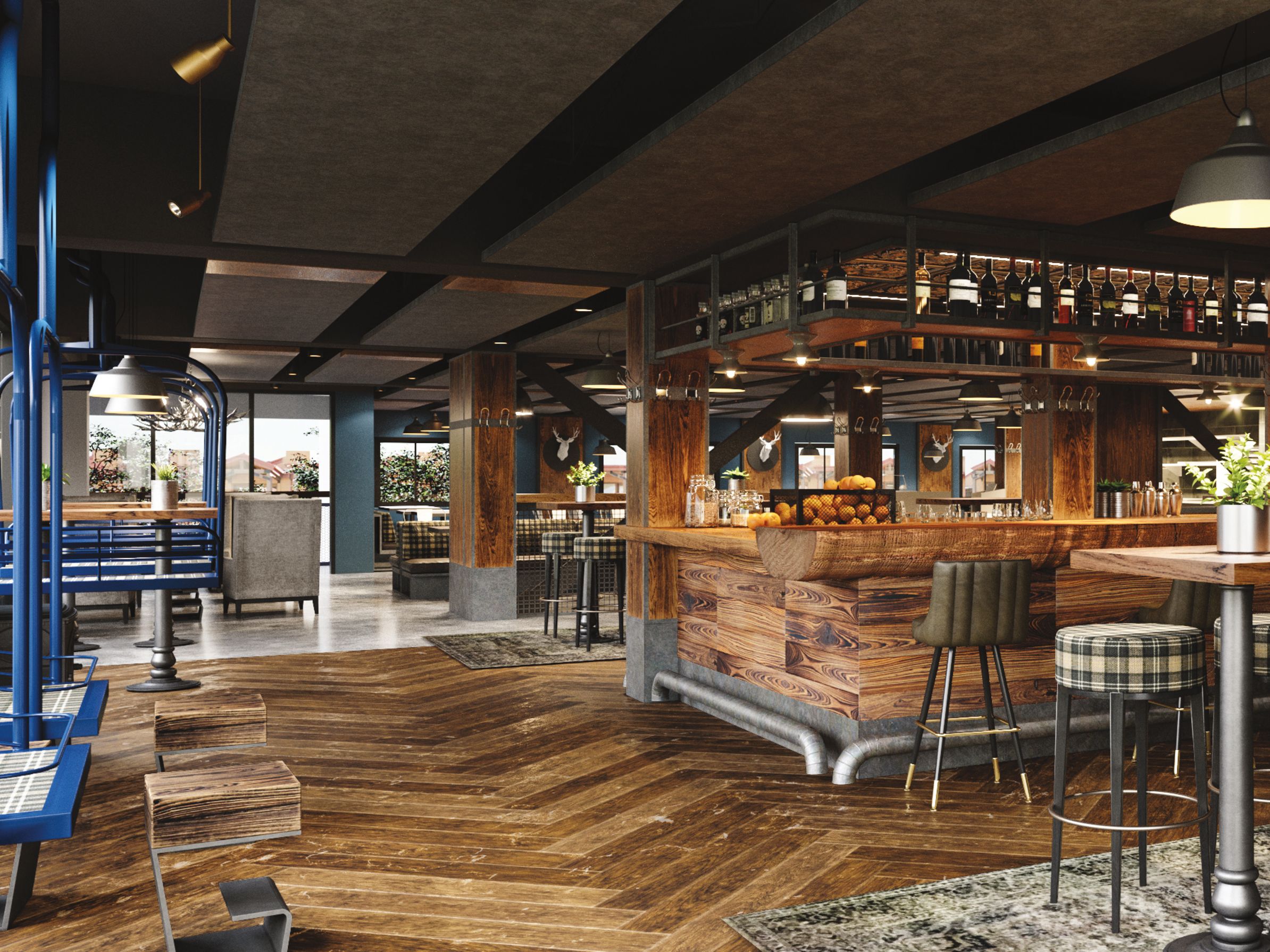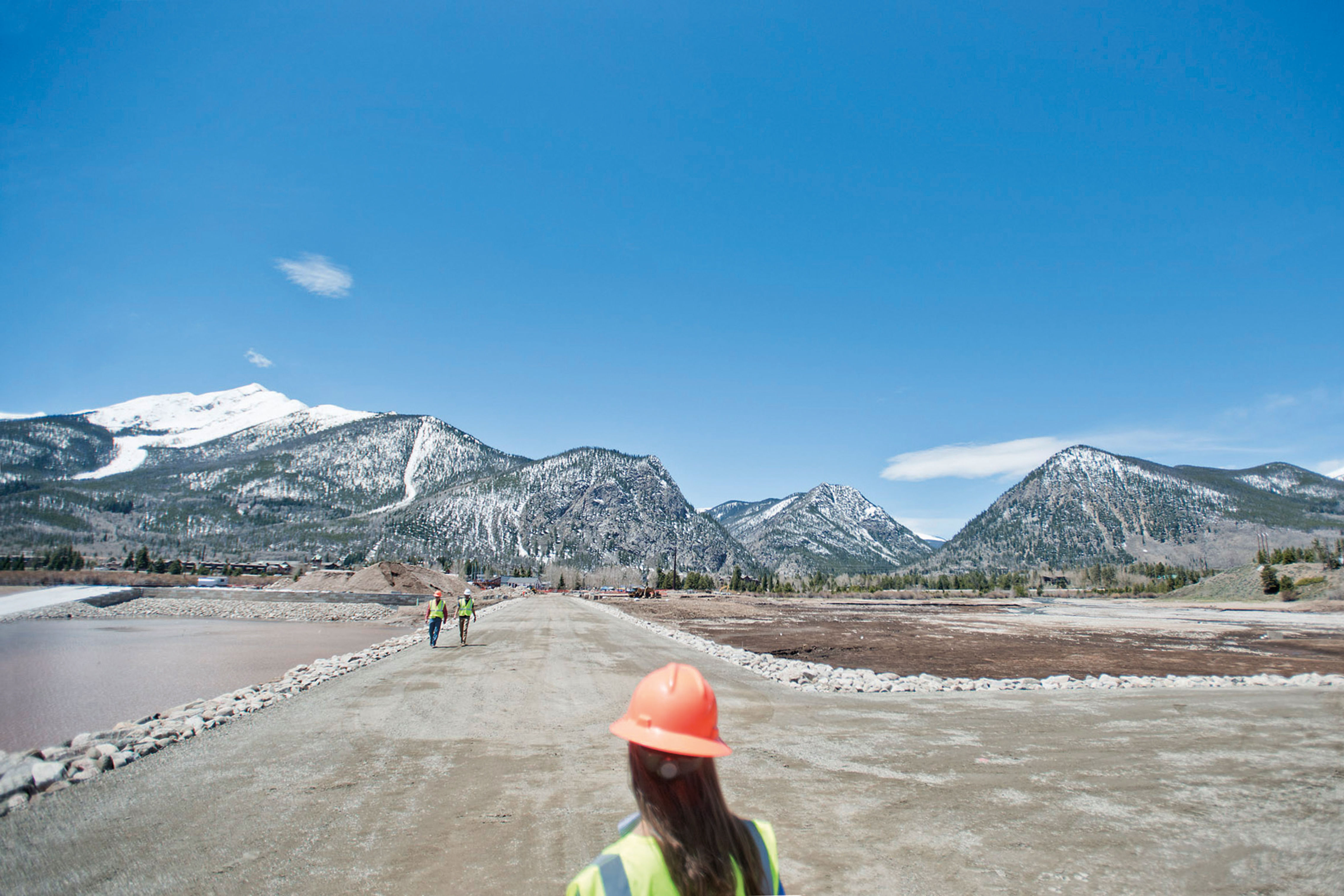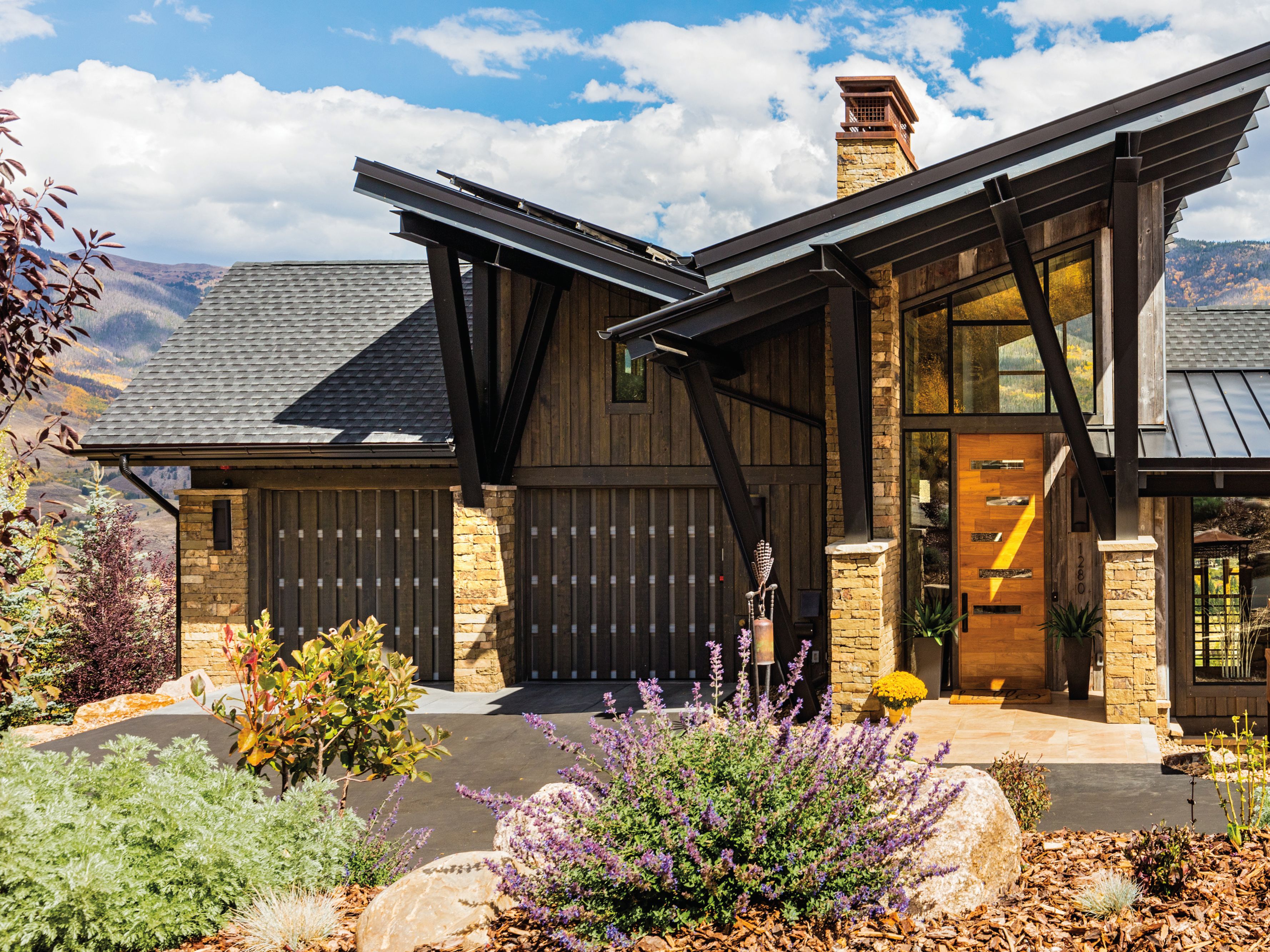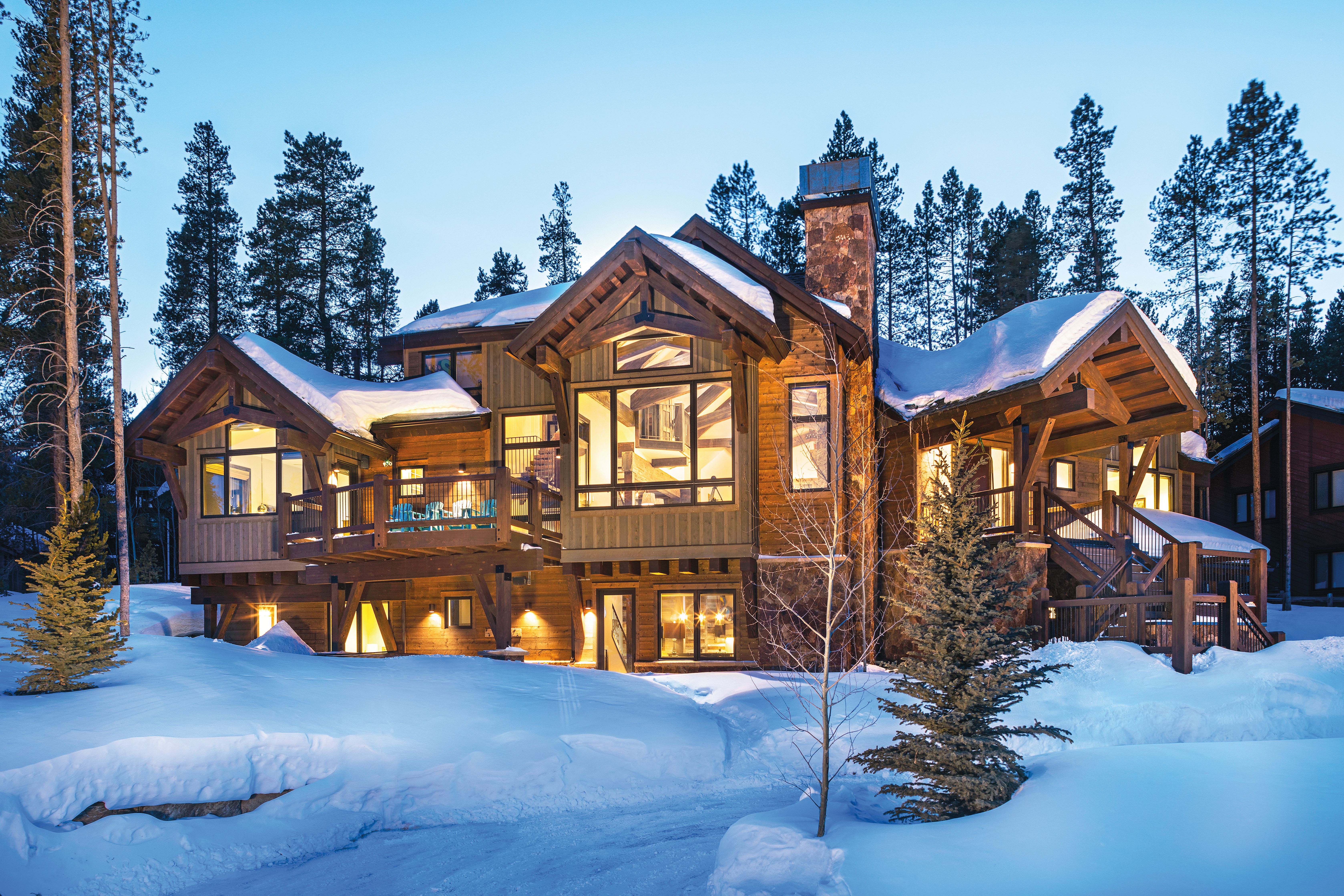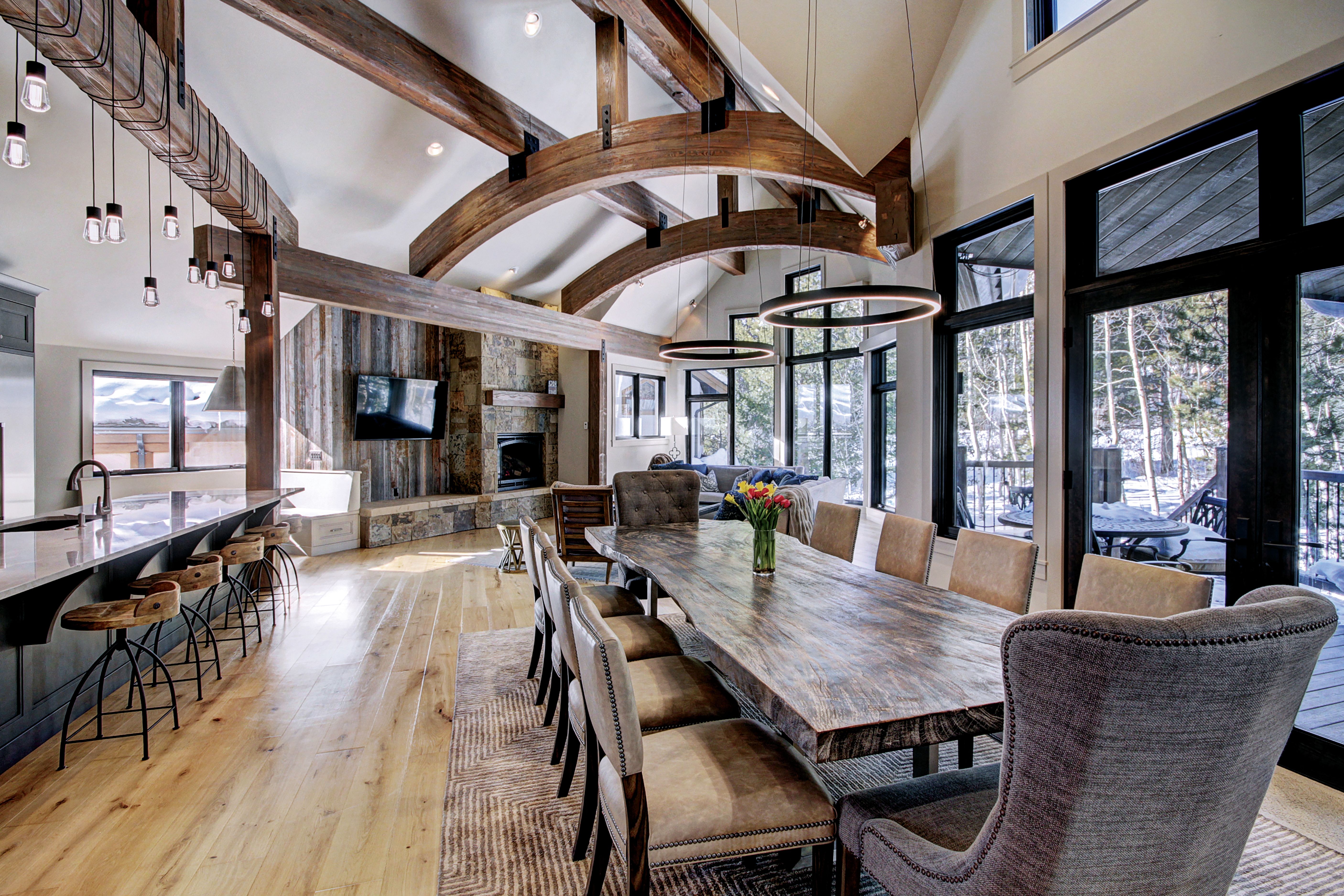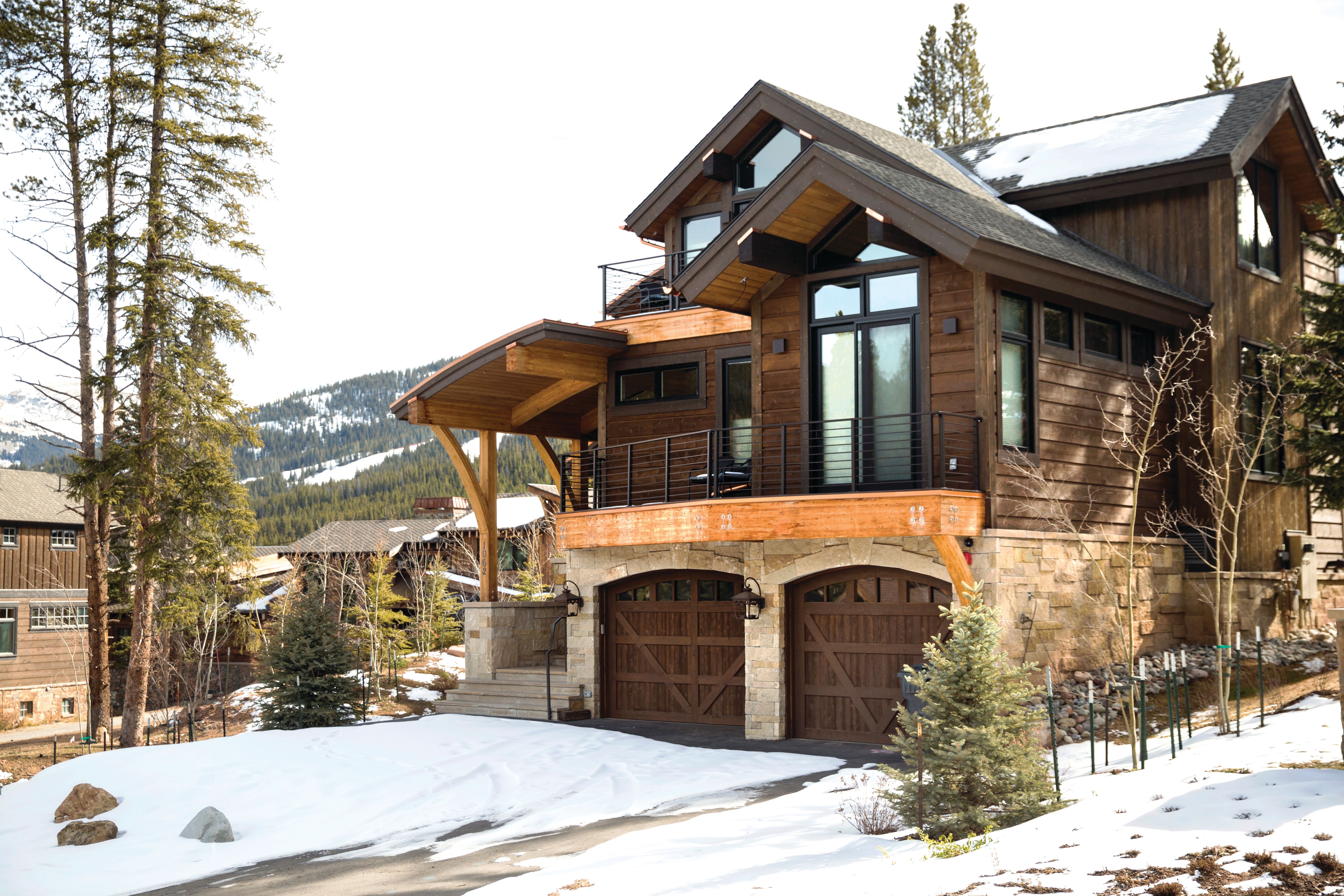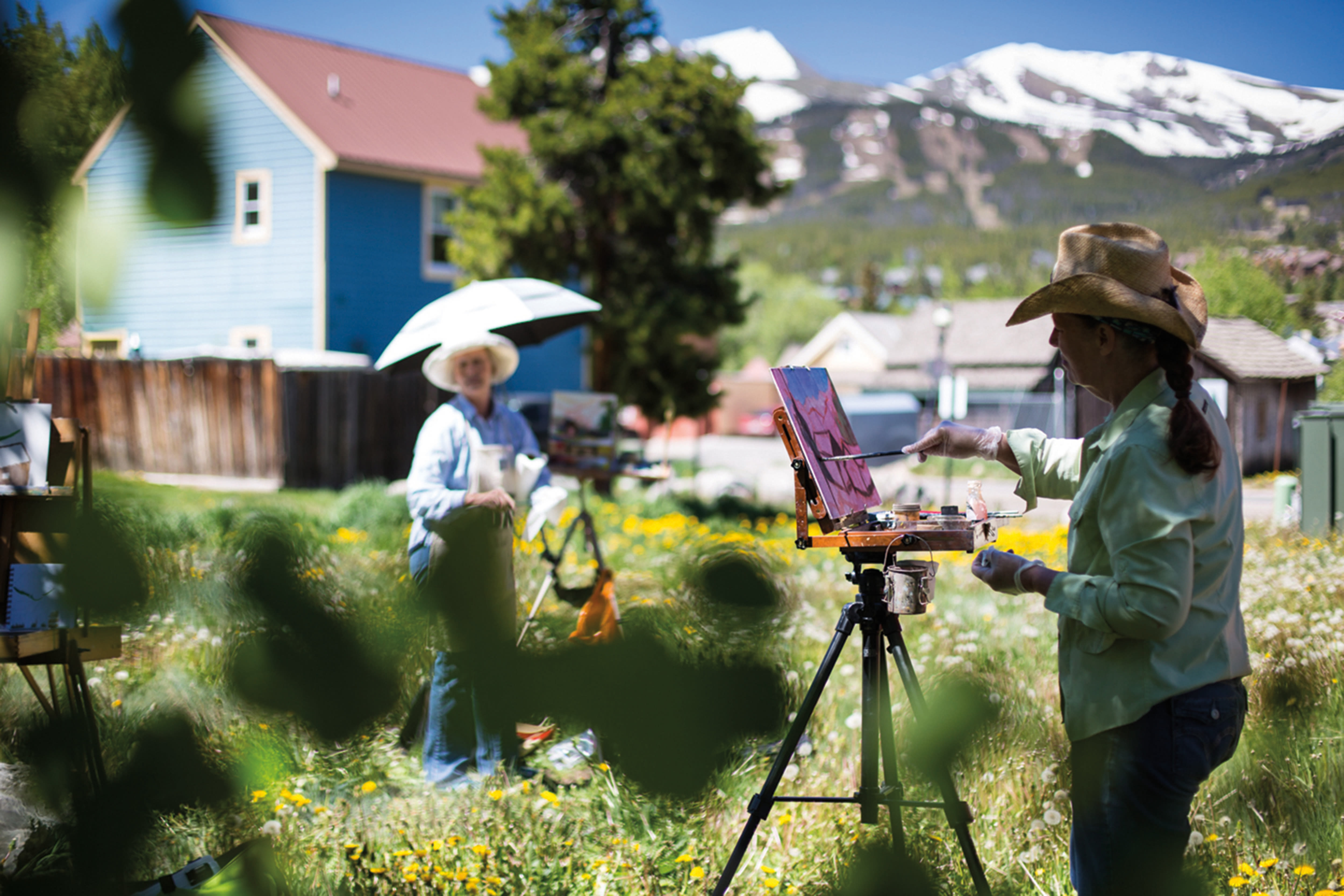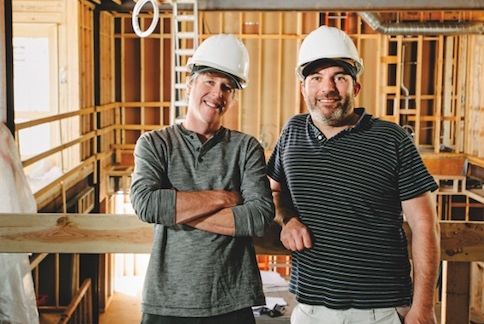Health & Wellness
Home Remedy
For the price of a Maserati, how about a bedroom suite where the engineered air is almost as rich as it is at sea level?

CEO of Altitude Control Technologies Larry Kutt
Image: Rebecca Stumpf
Let’s say you’ve invested millions in a choice piece of Summit County real estate, only to discover that every visit to your dream home-away-from-home begins with a pounding headache coupled with nausea, dizziness, and dehydration lasting up to four days. Prone to the high-altitude hangover known as acute mountain sickness (AMS), you’re the mountain town equivalent of someone who’s just bought a yacht, only to discover you have a propensity for sea sickness. So what to do? You can divest, or maybe swap your castle in the clouds on homeexchange.com for a villa on the French Riviera.
Or you can hire Larry Kutt to give your home an atmospheric makeover.
Kutt (whose profile is reflected in the image at right) is founder and CEO of Altitude Control Technologies (ACT), a Denver business that specializes in “environmental simulation.” What this means is that using NASA-like technology, ACT modifies bedrooms so that at the push of a button the atmosphere changes from sea level to Everest-like conditions or vice versa.
“We just did a home with an art museum and a planetarium for a couple in Eagle that came up here, built their dream home, and the wife gets sick,” says Kutt, who has yet to land a contract in Summit but adds that he has one or two proposals in the hopper. “We did one bedroom, and they loved it so much, they asked us to do another for their in-laws and bedrooms for their children. If you spend $8 or $9 million on a house, you don’t want to come to your place and get headaches and nausea.”
But why just oxygenate the bedrooms? “Our board of medical advisors thinks that if you sleep in an oxygen-enriched environment, that’s sufficient to avoid altitude sickness,” explains Kutt.
One of those advisors is Dr. Peter Hackett, founder and executive director of the Institute for Altitude Medicine, who’s regarded as one of the world’s foremost authorities on AMS. “It’s tremendous,” says Hackett, who prescribes sleeping with oxygen—albeit typically via cannula from a rented cylinder or a portable O2 generator—as the gold-standard therapy for AMS prevention and treatment. “Your body thinks it’s back at sea level.”
Hackett notes that commercial enterprises—mountaintop astronomy research facilities and high-altitude mining operations in places like the Andes—have been using oxygenated bedrooms in employee housing for years, but as far as he knows, ACT is the first to apply this technology to the dream home.
An elegant solution to a common problem, it is, however, not uncomplicated. An air separator (a high-tech machine that strips oxygen and nitrogen from the air) is installed in the home’s mechanical room and is then plumbed to dedicated pipes that send oxygen into bedrooms. Special sensors monitor the levels of oxygen and carbon dioxide in the room, while a computerized controller continuously adjusts the mix of gases, which change as barometric pressure rises and falls and people enter and exit.
Once in place, though, the system is virtually undetectable. “When we’re done with a room, we’ll give you 15 minutes to see if you can find any trace of our technology,” says Kutt.
Prices run about $20,000 for the average 200- to 300-square-foot bedroom. But homes in mountain towns tend to be anything but average. For a current Aspen project, he estimated it would cost about $100,000 to outfit a large bedroom; the homeowner wasn’t even fazed. As Kutt recalls, “He said, ‘If that’s all it is, we need to expand it to the dance studio and the guest bedrooms. But before we do this, I need some references. Whose houses have you done?’”
How about Mohammed bin Rashid Al Maktoum, vice president and prime minister of the United Arab Emirates? ACT first oxygenated a bedroom at his Newmarket estate, then bedrooms in his Dubai palace, and then the stables where the sheikh quarters $400 million worth of thoroughbreds. “Talk about a challenging environment,” says Kutt. “You have indoor air-quality issues, you have outdoor air-quality issues, you have dust storms and sandstorms. If we can deal with horses, we can deal with humans.”
Even in the rarefied air of Summit County.

